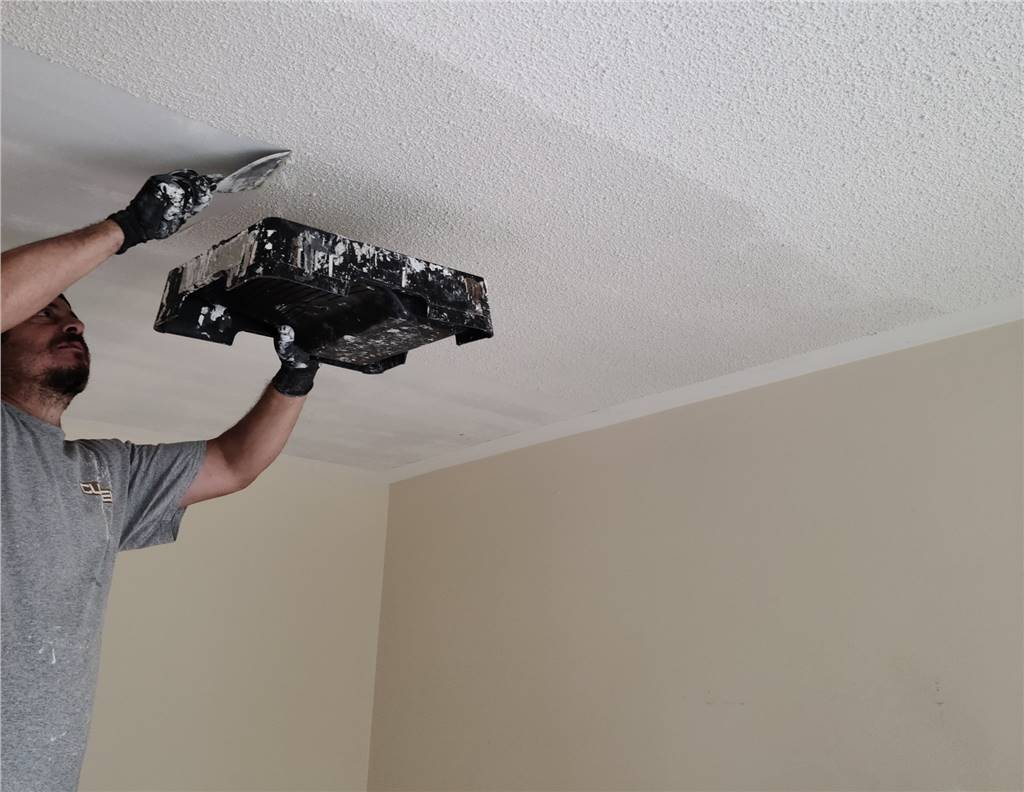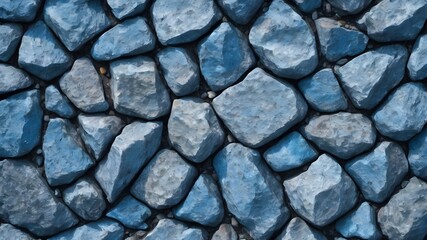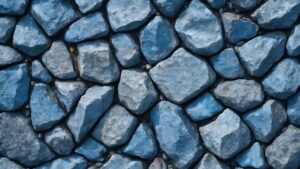A reliable roofing company provides essential services for home maintenance and protection. Roofs shield homes from harsh weather and environmental damage. Proper installation and maintenance ensure long-term durability. A well-maintained roof enhances both safety and property value.
Roofing Company Near Me specializes in various roofing materials and styles. They assess the structure and recommend the best solution based on climate and home design. Professional installation ensures that roofs withstand heavy rains, strong winds, and temperature changes. Proper sealing and insulation improve energy efficiency.
Routine inspections are essential for identifying potential roofing issues. Small cracks, loose shingles, and water stains can indicate underlying problems. Professional roofers assess the damage and provide targeted repairs. Early intervention prevents more extensive and costly damage.
Leak detection and repair are common services provided by roofing companies. Even small leaks can lead to mold growth and structural weakening. A professional roofer locates the source of the leak and applies effective sealing techniques. Timely repair protects the home’s interior from water damage.
Roof replacement becomes necessary when damage is extensive or materials have aged. Professional roofing companies handle removal and disposal of old materials. They install new roofing with precision and care. Proper installation ensures long-lasting protection and an improved appearance.
Roofing companies offer a variety of materials for installation and replacement. Asphalt shingles, metal roofing, and clay tiles are popular choices. Each material offers distinct benefits in terms of durability, insulation, and appearance. Professional guidance helps homeowners select the best option for their needs.
Ventilation is a critical aspect of roofing design. Improper ventilation can lead to moisture buildup and increased energy costs. Roofing companies install ridge vents, soffit vents, and attic fans to improve airflow. Proper ventilation extends the lifespan of the roof and prevents mold growth.
Flashing installation and repair is another key service. Flashing prevents water from entering vulnerable areas such as chimneys, vents, and skylights. Professional roofers ensure that flashing is securely sealed and positioned. Proper installation prevents water infiltration and interior damage.
Roofing companies also handle gutter installation and maintenance. Gutters direct rainwater away from the foundation and prevent erosion. Clogged or damaged gutters can lead to water pooling and structural damage. Regular cleaning and repair ensure proper water drainage.
Storm damage repair is a crucial service offered by roofing companies. High winds, hail, and heavy rain can cause significant roof damage. Professional roofers assess the extent of the damage and provide fast, effective repairs. Emergency services restore the roof’s integrity and protect the home.
Roofing companies often provide energy-efficient upgrades. Reflective roofing materials reduce heat absorption and lower cooling costs. Insulated roofing systems improve thermal performance and comfort. Eco-friendly options benefit both the homeowner and the environment.
Chimney maintenance is also part of roofing services. Damaged or improperly sealed chimneys can allow water and debris to enter the home. Professional roofers repair cracks and secure flashing around the chimney. Regular maintenance ensures safe and efficient chimney operation.
Skylight installation and repair improve natural lighting and ventilation. Improperly sealed skylights can lead to leaks and heat loss. Roofing companies install and seal skylights with precision. Proper installation enhances energy efficiency and interior comfort.
Ice dam removal and prevention are essential in colder climates. Ice dams form when snow melts and refreezes at the roof’s edge. This creates a barrier that traps water and leads to leaks. Professional roofers install heat cables and improve insulation to prevent ice dams.
Roof coating is another service that enhances durability and weather resistance. Reflective coatings reduce heat absorption and extend the roof’s lifespan. Waterproof coatings prevent moisture infiltration and protect against mold growth. Professional application ensures even coverage and lasting protection.
Roof inspections are recommended after major storms or significant weather events. Roofing companies assess damage and provide detailed reports. Early detection of issues allows for timely repairs and cost savings. Professional inspections help maintain the roof’s structural integrity.
Flat roof maintenance requires specialized knowledge and techniques. Pooling water, membrane damage, and poor drainage are common issues. Professional roofers install and repair flat roofing systems with proper slope and sealing. Correct installation prevents water buildup and extends roof life.
Metal roofing requires unique maintenance and repair methods. Expansion and contraction due to temperature changes can loosen fasteners. Roofing companies tighten and replace fasteners as needed. Proper sealing prevents rust and water infiltration.
Tile roofing offers durability and a distinctive appearance. Broken or missing tiles can lead to water damage and interior leaks. Professional roofers replace damaged tiles and secure loose ones. Regular maintenance preserves the roof’s appearance and function.
Shingle roofing is one of the most common options. Curling, cracking, and granule loss indicate shingle deterioration. Professional roofers replace damaged shingles and improve sealing. Proper maintenance extends the lifespan of a shingle roof.
Roofing companies also handle underlayment replacement. The underlayment provides an extra layer of protection beneath the roofing material. Damaged or worn underlayment can lead to leaks and reduced insulation. Professional replacement improves overall roof performance.
Roofing companies offer maintenance plans for long-term care. Scheduled inspections, cleaning, and minor repairs prevent major issues. Maintenance plans provide peace of mind and cost savings over time. Consistent care extends the roof’s lifespan and maintains home value.
Attic insulation is another important aspect of roofing services. Poor insulation leads to heat loss and higher energy costs. Professional roofers install and upgrade insulation to improve efficiency. Proper insulation enhances comfort and reduces utility bills.
Roofers also handle solar panel installation and maintenance. Proper mounting and sealing ensure that solar panels remain secure. Roofing companies assess roof structure and orientation for optimal solar energy capture. Professional installation maximizes energy production and roof durability.
Emergency tarp installation is a temporary solution for storm damage. Roofing companies quickly install tarps to prevent further water infiltration. This provides immediate protection until permanent repairs can be completed. Quick response minimizes interior damage and repair costs.
Professional roofers also address structural issues. Sagging roofs, uneven surfaces, and weakened framing compromise safety. Roofing companies reinforce structural components and improve load distribution. Proper repairs restore the roof’s strength and stability.
Moss and algae removal improves roof appearance and function. Growth of moss and algae traps moisture and accelerates material deterioration. Professional cleaning removes growth without damaging the roofing material. Preventative treatments reduce regrowth.
Proper drainage is critical for roof health. Roofing companies install and maintain drainage systems to prevent water pooling. Improved drainage reduces the risk of leaks and structural damage. Professional solutions enhance long-term roof performance.
Professional roofers also offer ventilation upgrades. Improved airflow reduces heat buildup and moisture accumulation. Balanced ventilation prevents mold growth and material deterioration. Proper installation ensures consistent airflow and enhanced roof longevity.
A reliable roofing company provides essential services for home protection and maintenance. Professional installation, repairs, and upgrades improve roof performance and durability. Consistent maintenance ensures long-term value and safety. Investing in professional roofing services enhances comfort and peace of mind.





![21 Bathroom Remodel Ideas [The Latest Modern Design]](https://i.pinimg.com/736x/99/08/5c/99085ca38bab005bea47c338a0928d72.jpg)




